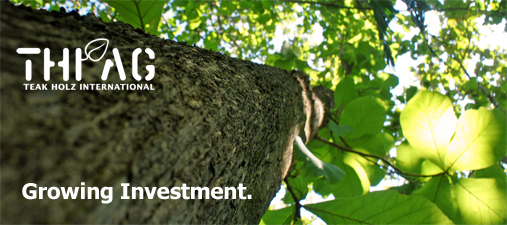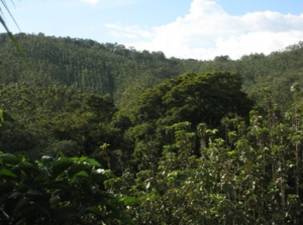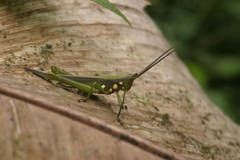Facts & Figures Costa Rica
Area: | 51,100 km² |
Constitutional form: | Presidential republic |
Population: | 4.76 million |
President: | Luis Guillermo Solís (from April 2014) |
Capital / population: | San José / approx. 400,000 |
Business language: | Spanish, English |
Membership of economic | WTO, IBRD, IDB (Inter-American Development Bank), IMF, IDA, IATA, OAS, UNO, World Bank, IACHR (Inter-American Court of Human Rights), CAFTA (ratified 01.01.2009), SICA, SIECA, BCIE |
Currency: | Costa Rica Colón (CRC) |
Time: | CET -7 hours |
Unemployment: | 7.9% (2013) |
Real growth rate: | 3.5 % (2013) |
GDP per capita: | USD 19,900 (2013) |
Costa Rica is truly a country that can be called “rich” in many respects. Costa Rica is often imagined to be a tropical paradise, rich in dense rainforests, jagged mountains and lonely sand beaches, a wide variety of rare birds, butterflies and other animal species as far as the eye can see – does it sound just a little too beautiful to be true? But that is exactly as it is – after all, around 27% of the area of the country is part of one or other of the 20 national parks or has been put under nature protection. Within this varied landscape, there is also an astonishing variety of exotic animals – for instance there are more butterfly species in Costa Rica than in the whole of Africa.
Costa Rica is more than just natural beauty. Unlike other countries of Latin America, it has also achieved good economic development. Its standard of living is higher than in any of the neighbouring countries, and for this reason Costa Rica is often called the “Switzerland of Central America”. Although the traditional main sources of income – exports such as coffee and bananas – have become less important, agriculture is still the second most important source of foreign currency after tourism. Substantial growth has also been recorded by companies such as Intel for instance, which has set up a chip factory in Costa Rica.
Costa Rica’s development into a stable economy is due in particular to the political background. The 1949 constitution abolished the armed services and focused the country’s resources that this released on education, social policies and economic development. The population is proud of the democracy that has ruled since 1889.
Only a very small percentage of the population has native Indian roots and lives secluded on reservations, while the majority of the population are descendants of Spanish immigrants. Two thirds of the people live on the highland plateau with its favoured climate, with the main focus of settlement being the Valle Central, which also contains the capital San José.









